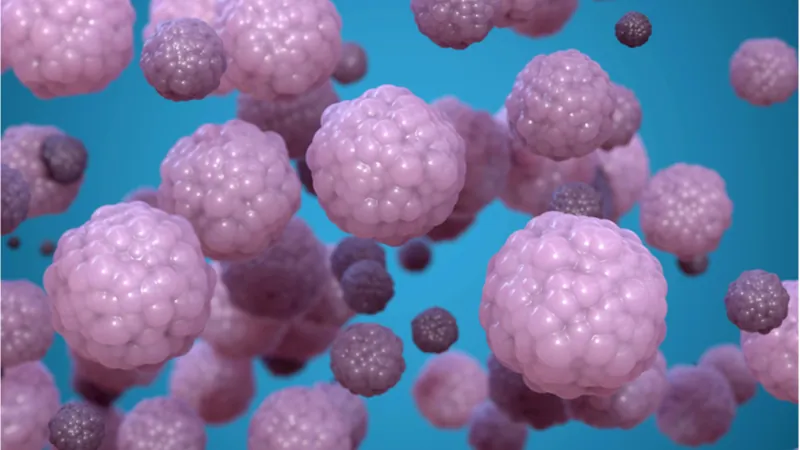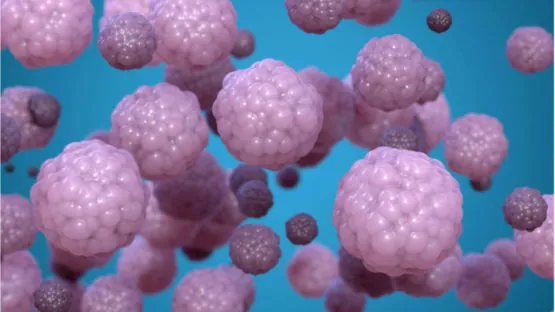New results published in the journal Biofabrication may help researchers on their quest to regenerate vascularized tissues.
Growing capillaries
Regenerative medicine, which aims to regenerate and replace damaged tissues, is particularly invested in developing vasculature. Since most tissue types are vascularized, it follows that progress in vascular regeneration advances the regeneration of many other tissue types as well. In fact, the difficulty of regenerating vasculature within another tissue type remains one of the foremost limitations of regenerative medicine. While very small tissues have been developed in the lab, these same strategies fail when applied to larger structures since the cells in the deepest regions are not able to survive.
Spheroids to steer regeneration
Recently, researchers at Hallym and Sungkyunkwan Universities developed and applied a novel strategy for inducing the regeneration of vascular tissue, also known as angiogenesis [1]. These researchers created miniature “spheroids” using human adipose-derived stem cells. Spheroids are little balls of cells, in this case ranging from 200-300 µm across, which mimic the in vivo microenvironment. In this study, the spheroids released many more anti-inflammatory and angiogenic factors compared to cells cultured in 2D. The researchers hypothesize that this is due to the mildly hypoxic conditions of the spheroids. Because the spheroid cells have a greater need for oxygen, they release factors that, in vivo, would cause capillaries to grow in their direction.
They also compared the efffects of growing these spheroids on two different hydrogels: collagen and alginate. In collagen, the cells preferred to attach to the collagen fibers rather than stay in their spheroid shape. While, in general, cell attachment is viewed as a positive in regenerative medicine, in this application, the mildly hypoxic environment of the spheroids is preferred. In alginate, the cells maintained their spheroid shape and continued to release more anti-inflammatory and angiogenic factors than in collagen.
The researchers also examined whether embedding the spheroids within the hydrogel or seeding them on top was more beneficial. The results showed seeding to be preferred to embedding, potentially because the environment of the embedded spheroids was too hypoxic, limiting their activity levels. Therefore, seeding the spheroids on alginate was determined to be the best approach in order to maximize angiogenesis.
We developed a 3D alginate scaffold loaded with hASC spheroids to drive angiogenesis during skin tissue regeneration. To fabricate a scaffold that maintains the properties of the spheroids, we entrapped the spheroids in the pores of a 3D-printed mesh structure supplemented with electrospun nanofibers. Analysis of gene expression in the spheroid-scaffolds revealed that the alginate-scaffolding structure clearly retained the characteristics of the spheroids. More specifically, the major application of the spheroid scaffold is the retention of the ability of hASC spheroids to express angiogenic and wound healing-related genes after transplantation to a higher degree than single-cells or single cell-scaffolds. These results suggest that our hybrid alginate structure could represent a new strategy for harnessing and utilizing the outstanding angiogenic components of hASC spheroids.
Conclusion
This research, while focusing on vascular regeneration, has several implications for the broader field of regenerative medicine. It provides additional evidence for the growing belief that, in cell therapies, the therapeutic benefit comes from the implanted cells’ release of factors that influence the host cells (as opposed to the implanted cells acting on their environment directly). It also offers significant promise as a way to promote angiogenesis in many different tissue types. However, it remains to be seen whether this approach is as effective in vivo as it is in vitro and how it stacks up against other proposed vascular regeneration strategies.
Literature
[1] Lee, J. S., Chae, S. J., Yoon, D., Yoon, D., Chun, W., Kim, G., H. (2020). Angiogenic factors secreted from human ASC spheroids entrapped in an alginate-based hierarchical structure via combined 3D printing/electrospinning system. Biofabrication, 12(045028).




